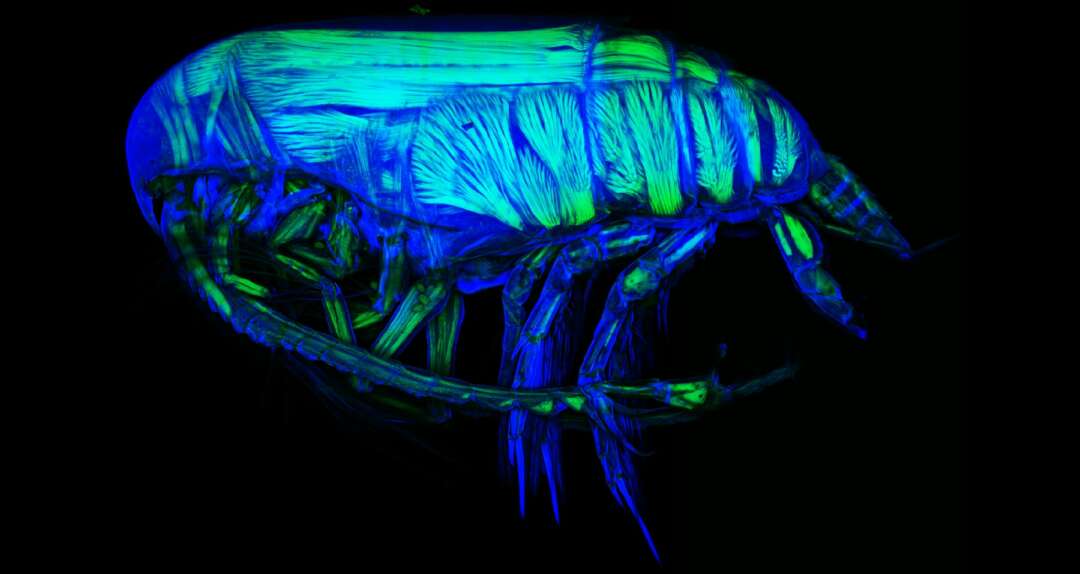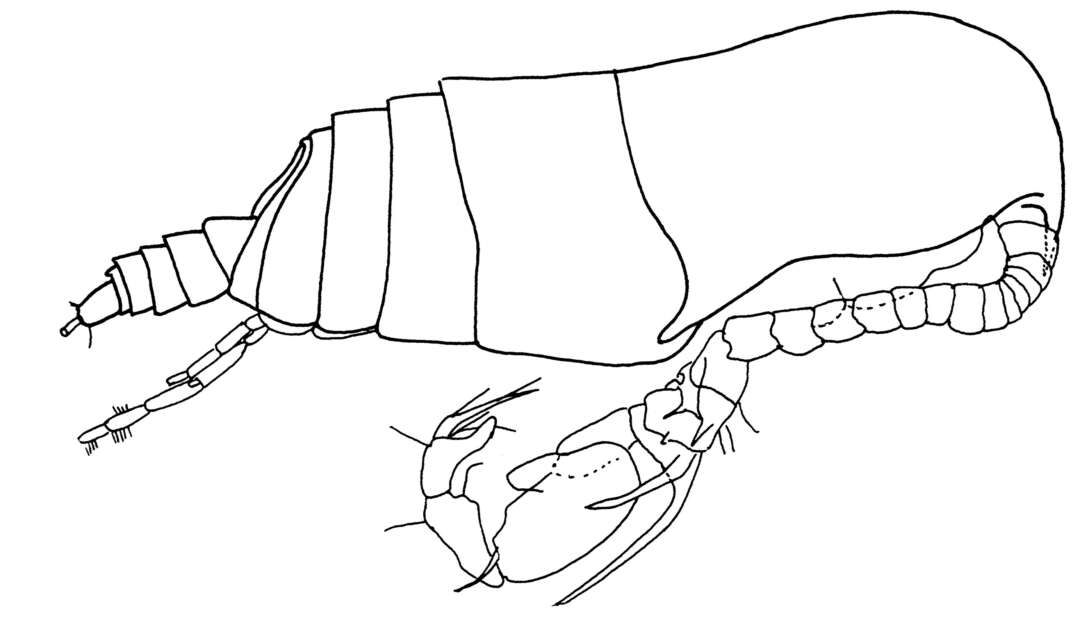Research
Taxonomy and biodiversity of calanoid copepods
Calanoid copepods, which live in the benthopelagial directly above the sea floor in the deep sea from 3000m, form a very diverse group in this ecosystem. Due to the difficulties of sampling this habitat, very little is known about the biodiversity of the benthopelagic calanoids, their distribution or their ecology.
Since the end of the 20th century, the introduction and use of modern equipment for sampling the seabed has made it possible to study the deep-sea biotic communities. Catching devices like the epibenthic sledge, which is used on research vessels like Polarstern or Meteor, or the American deep-sea diving robot ALVIN allow unique sampling, and bring to light a high number of new and rare taxa. In recent years it has been shown that the biodiversity of calanoid copepods in the deep sea close to the bottom is comparable to many pelagic ecosystems. However, most of the species occurring in the benthopelagial are new and not yet described. The identification and description of new species is done integratively by morphological and molecular methods. The phylogeny of calanoid copepods is investigated using molecular markers such as COI, cyt b, ITS2, 18s and 28s.


